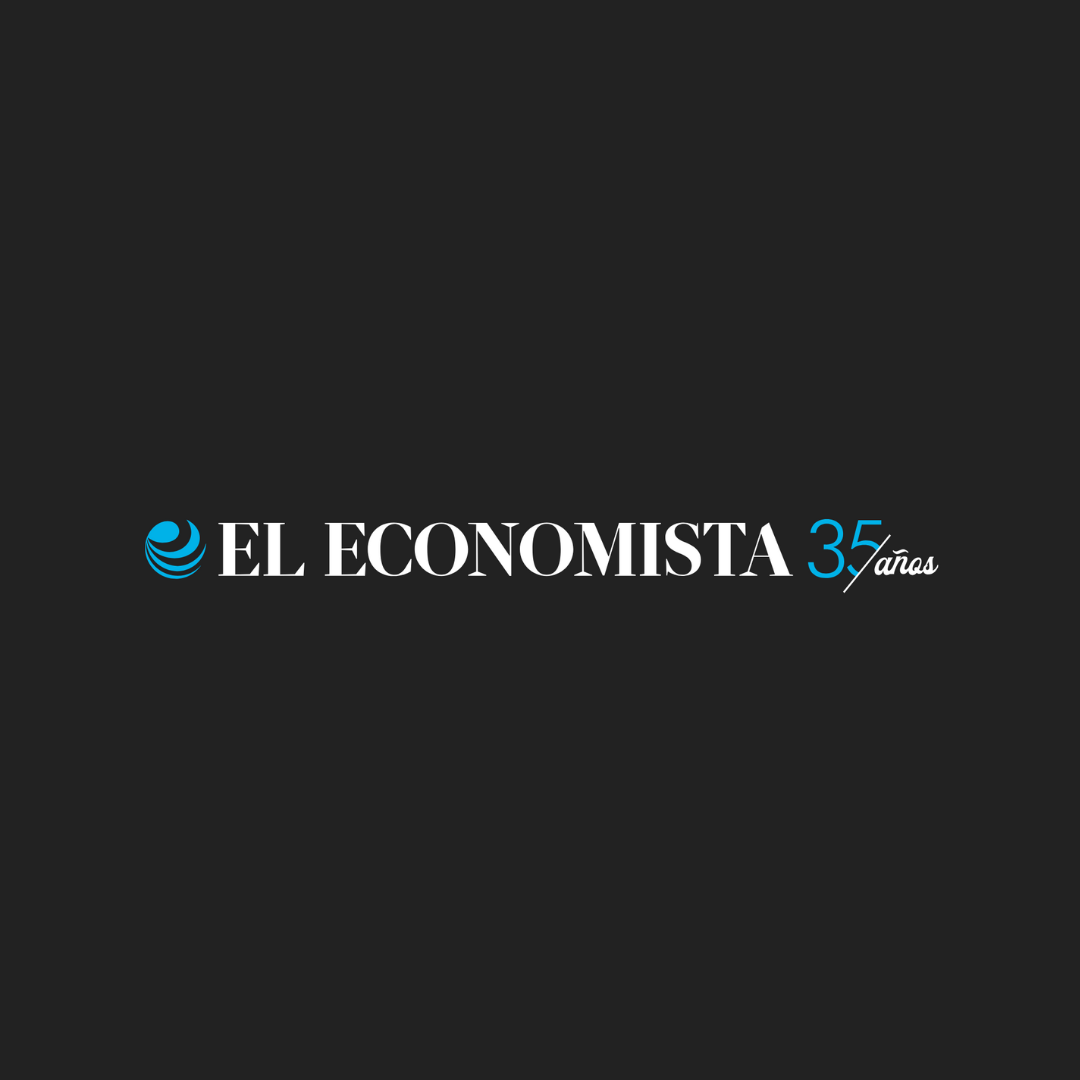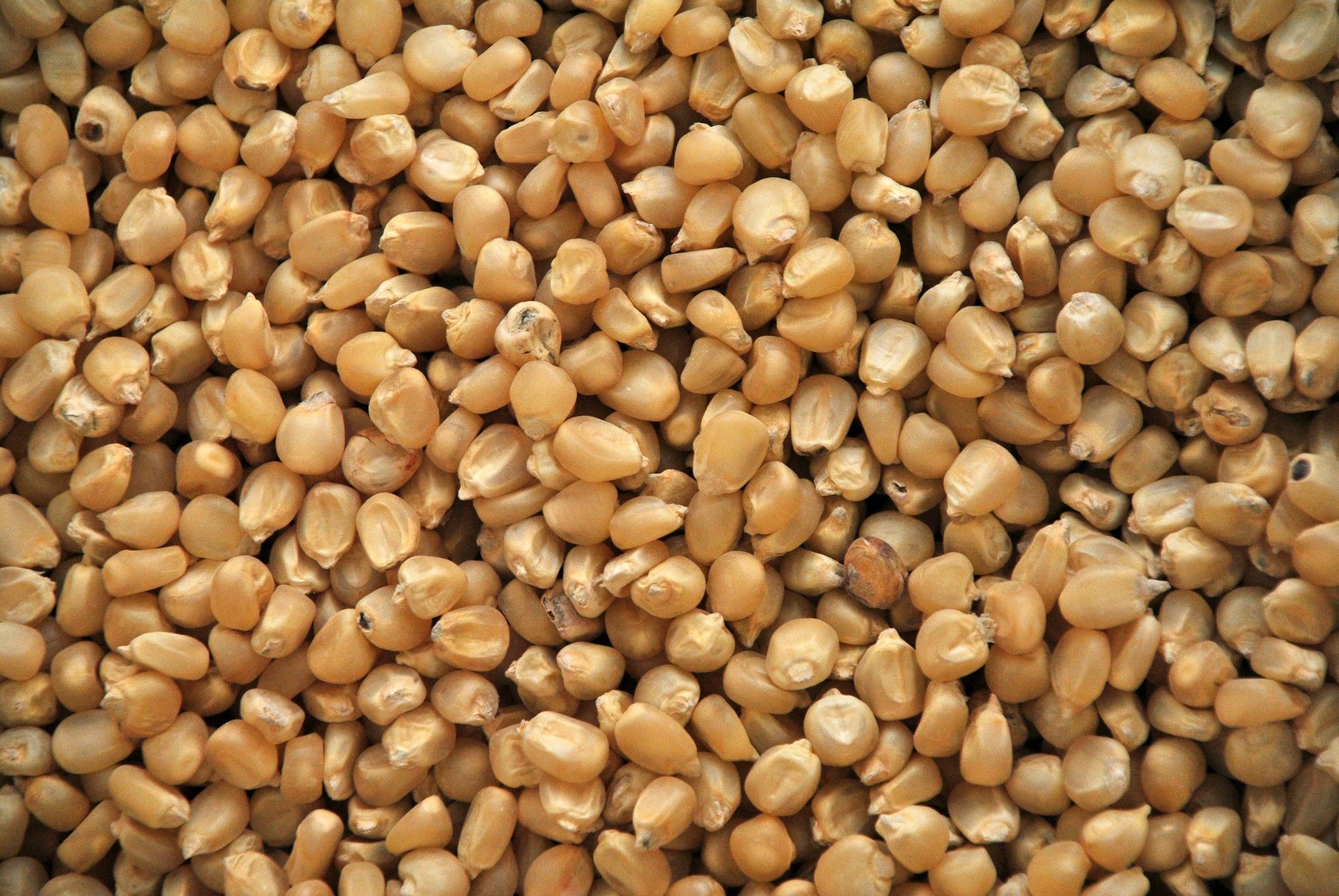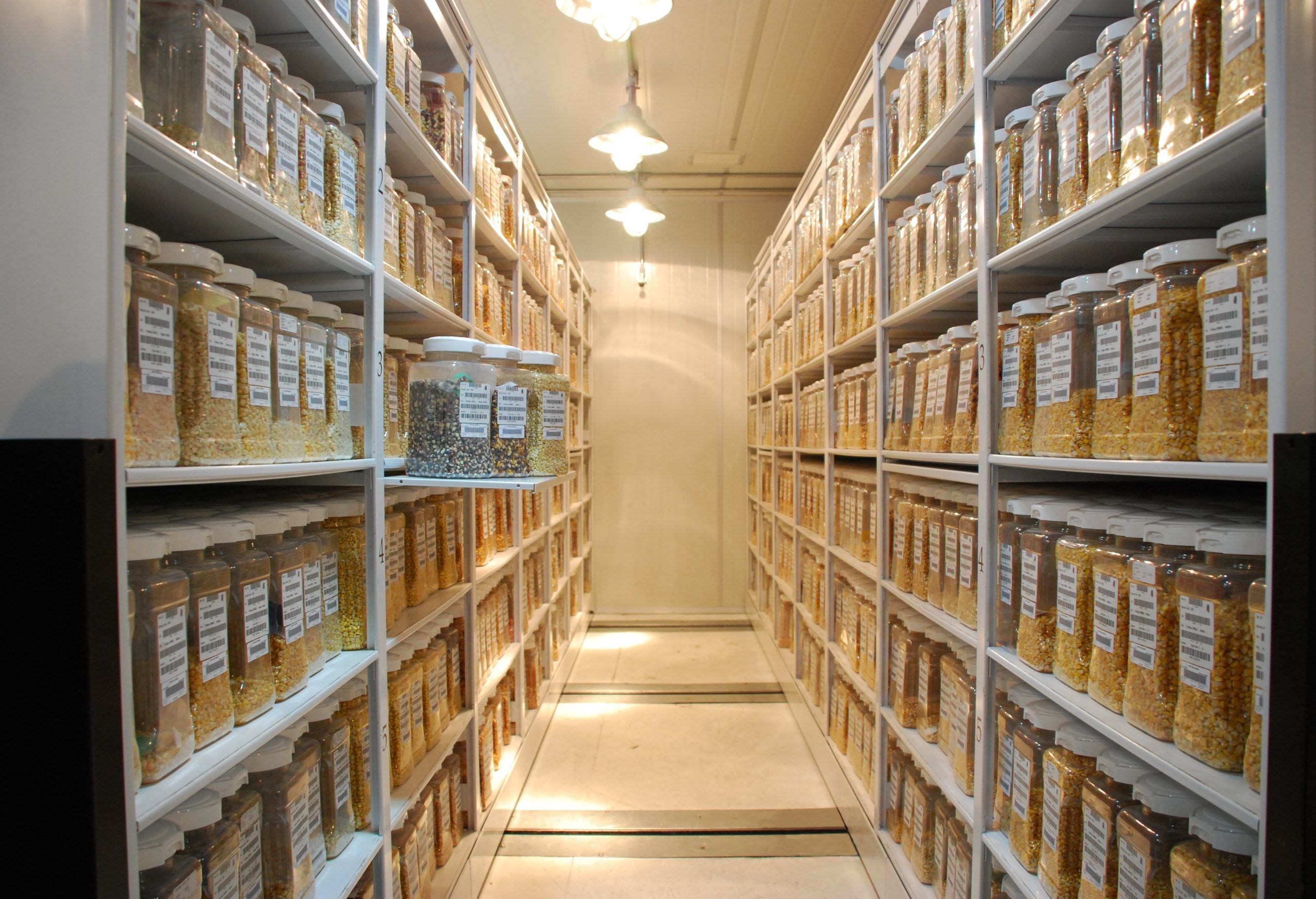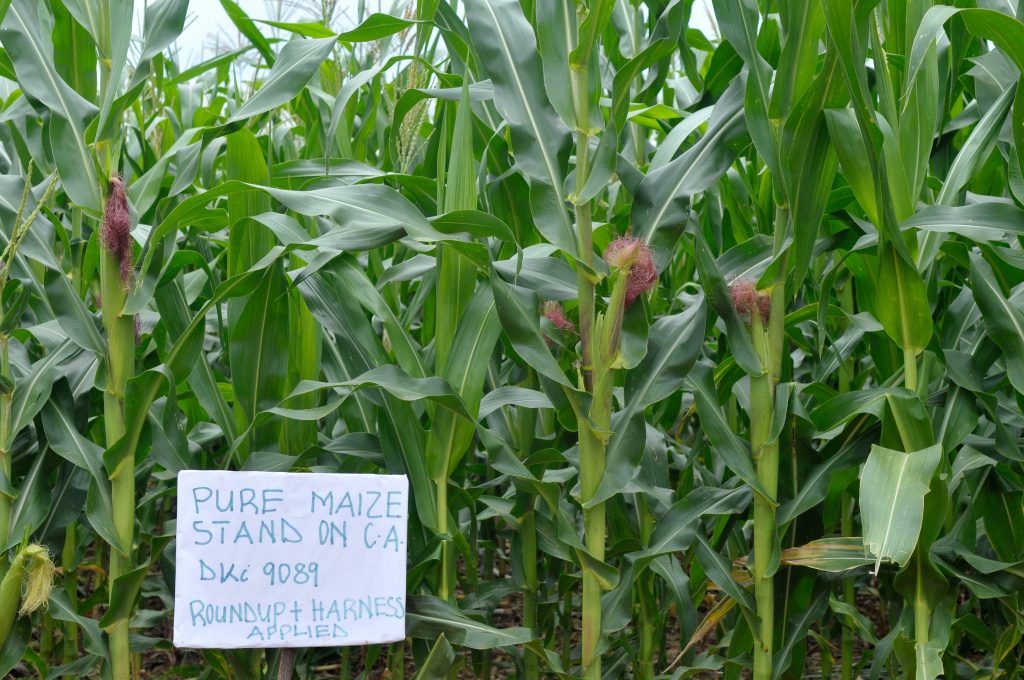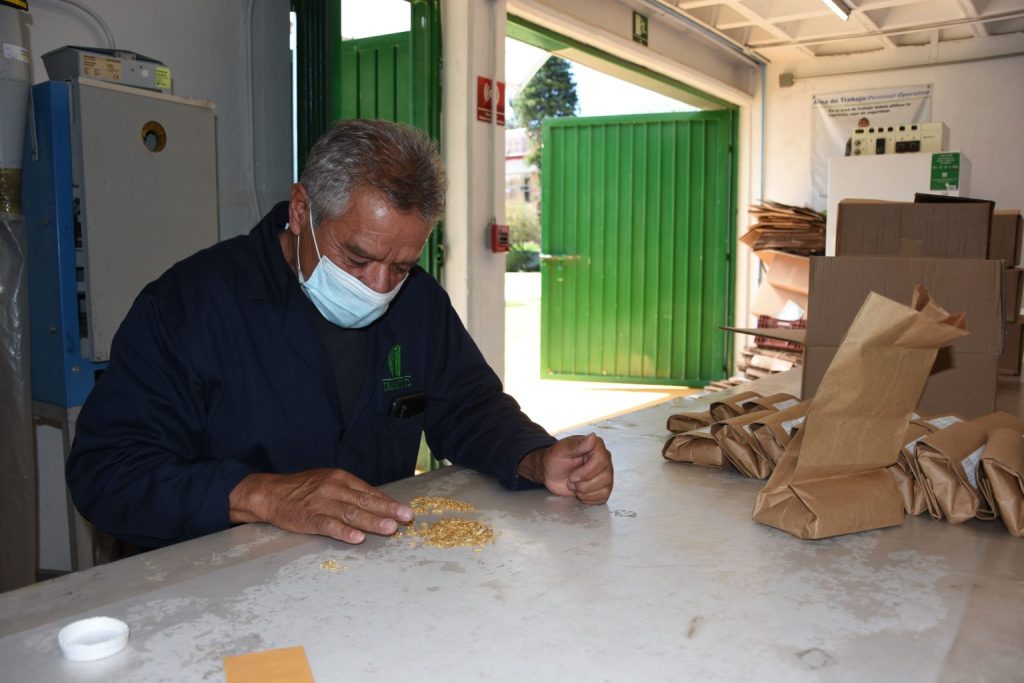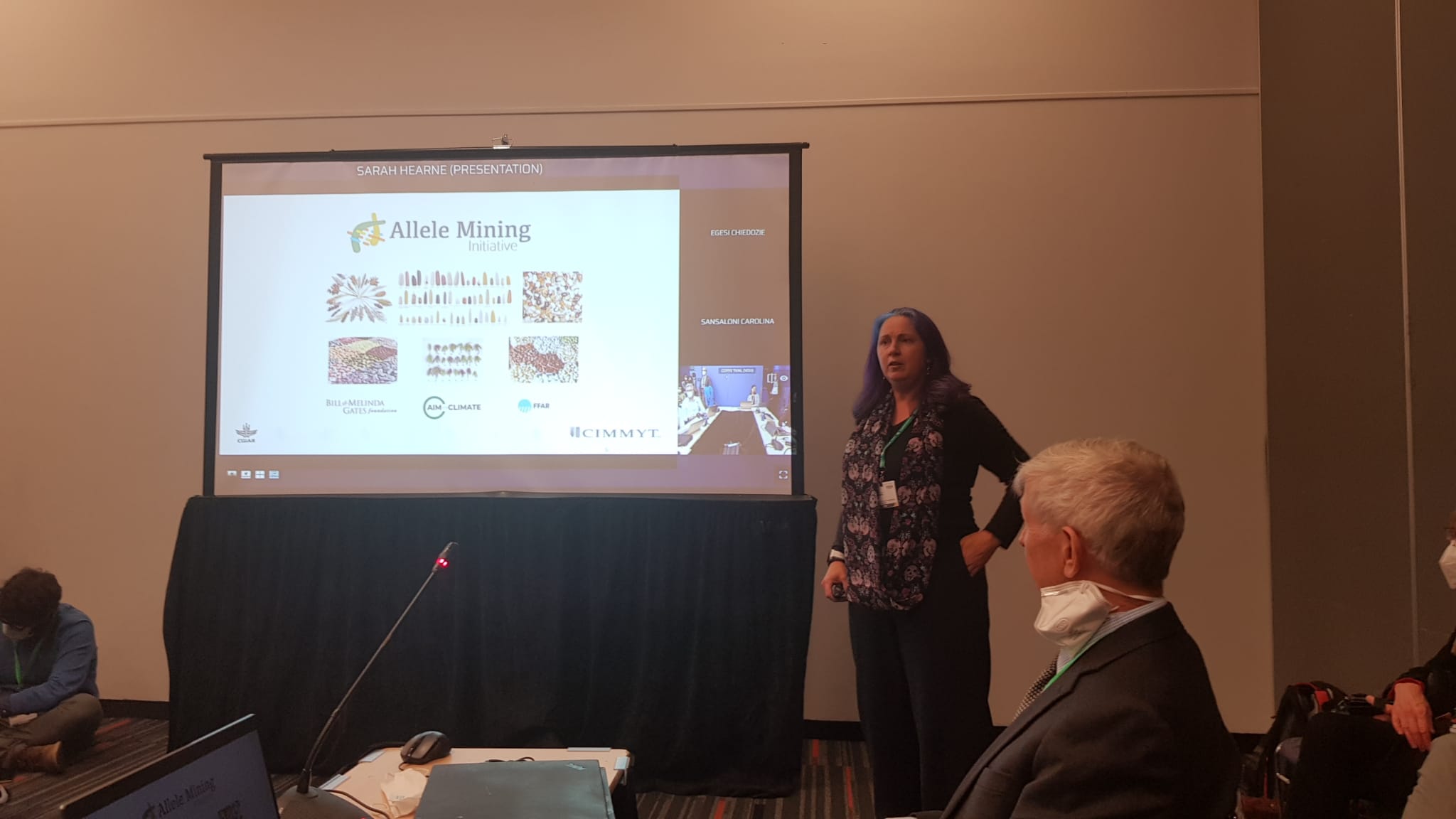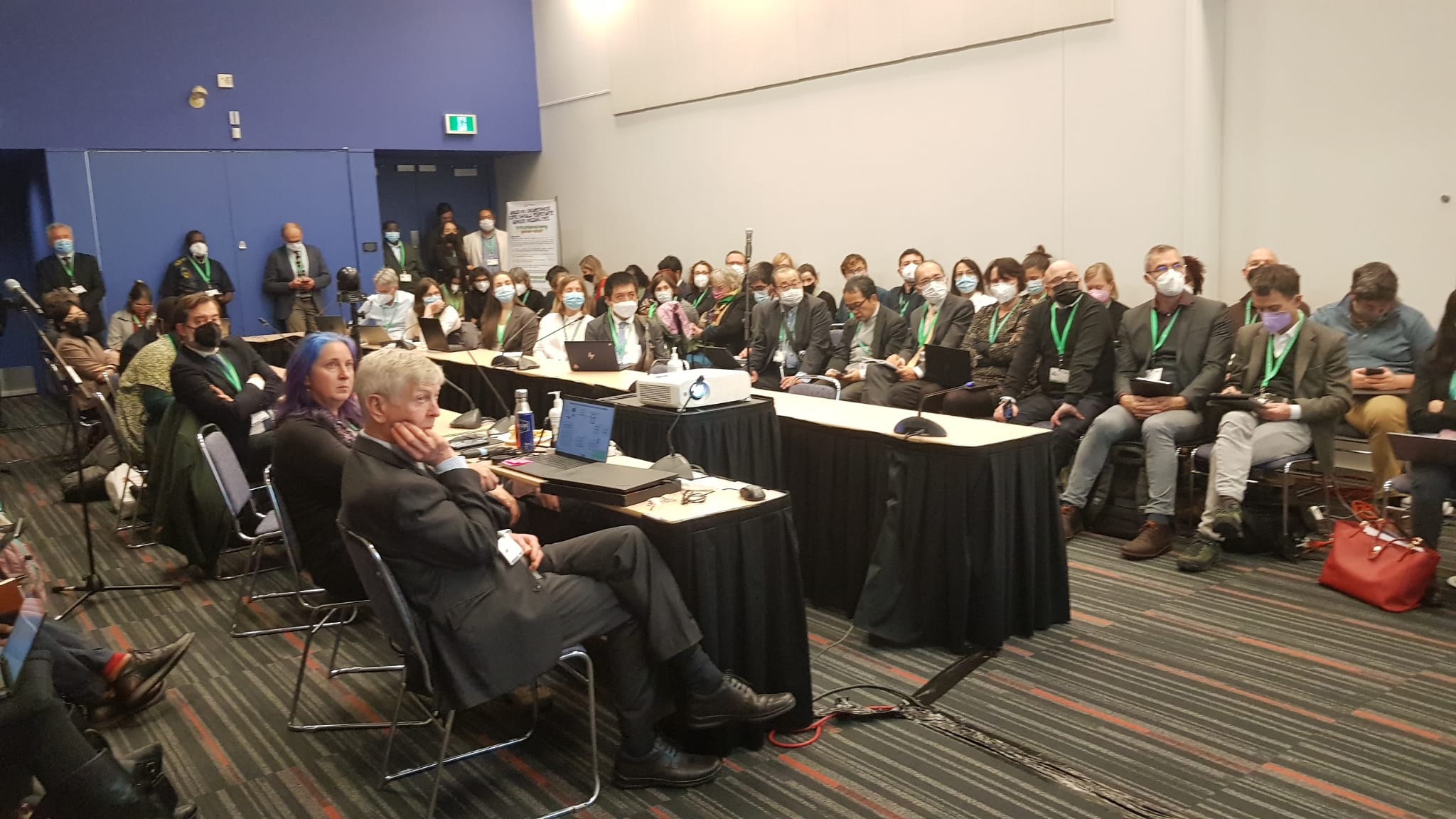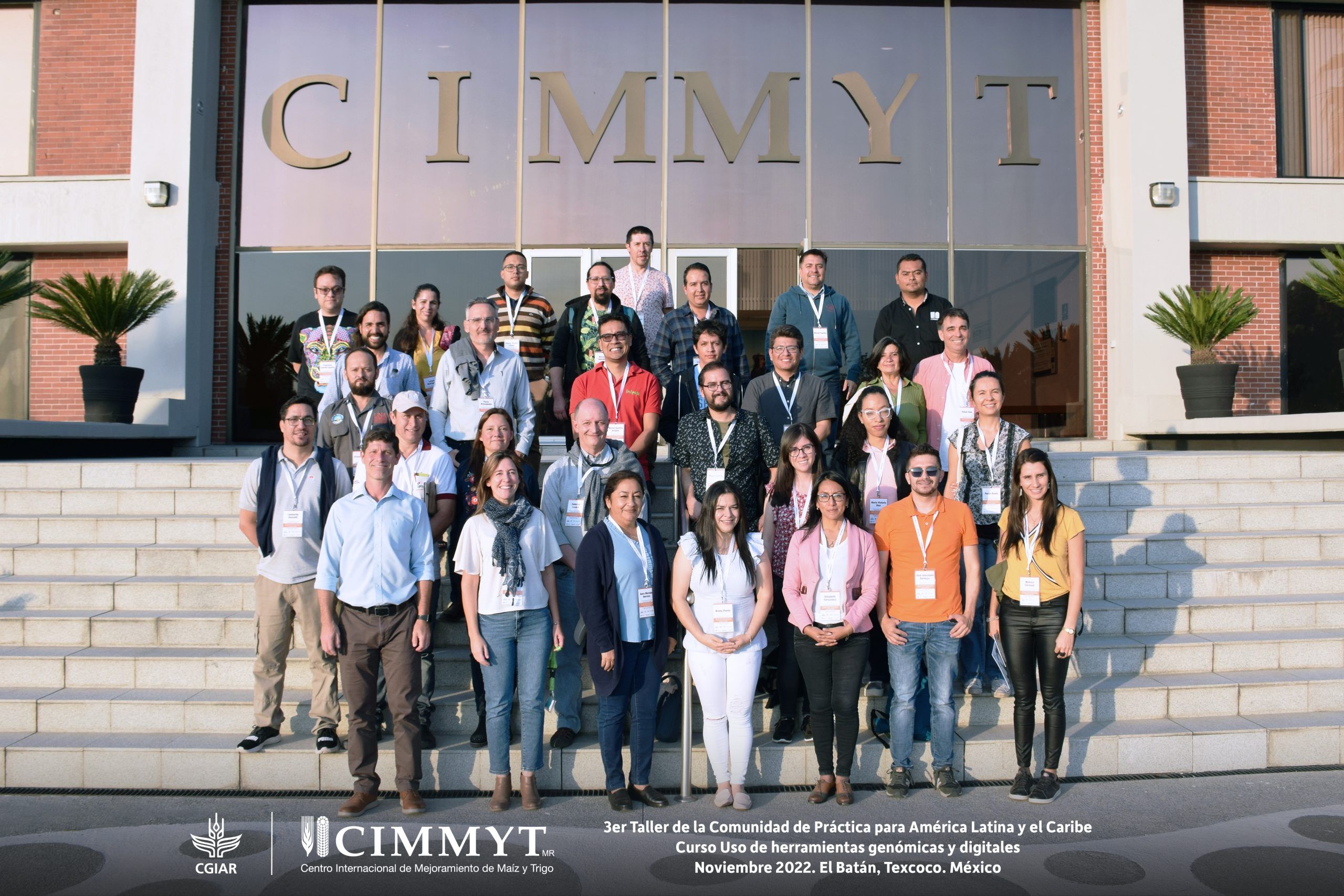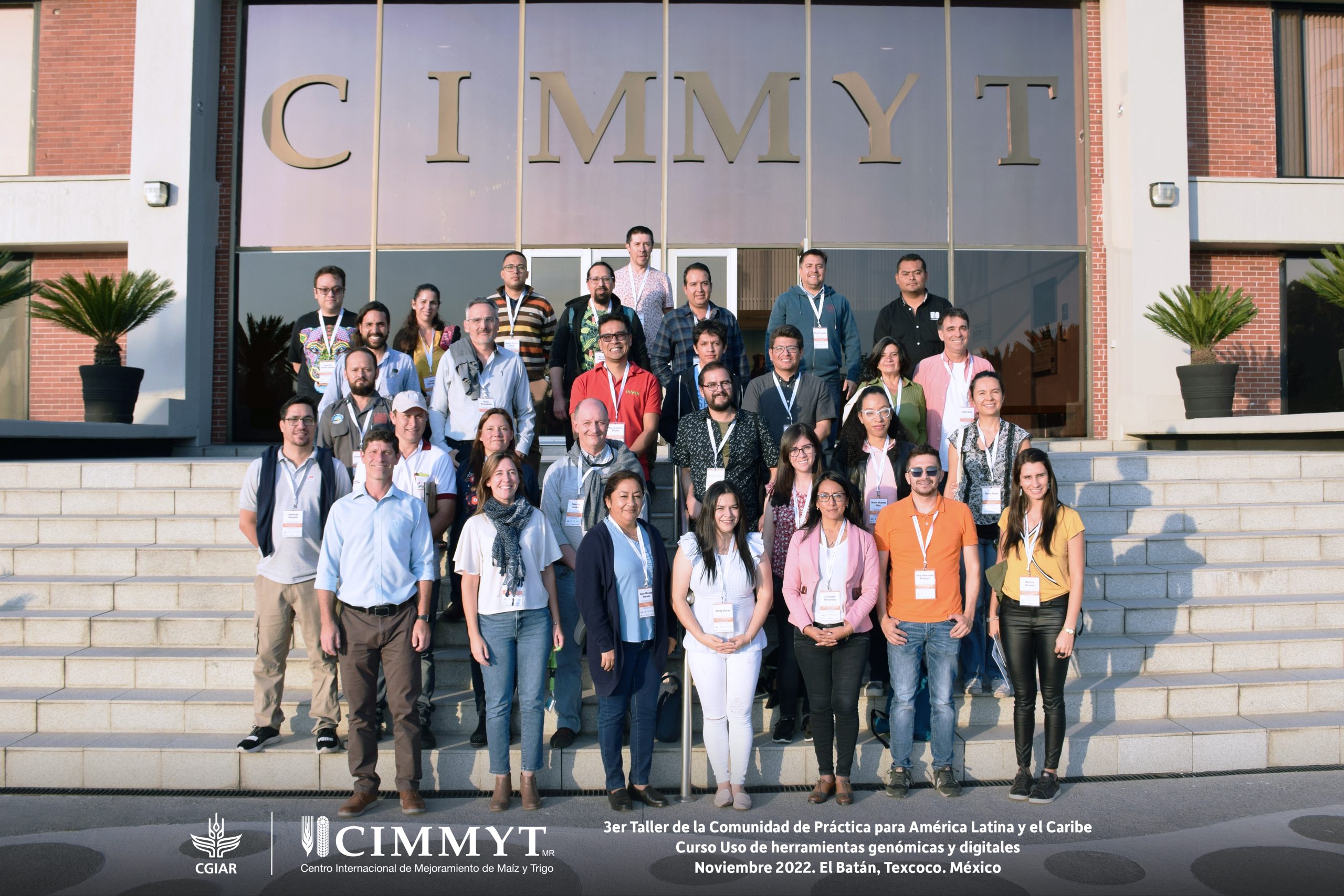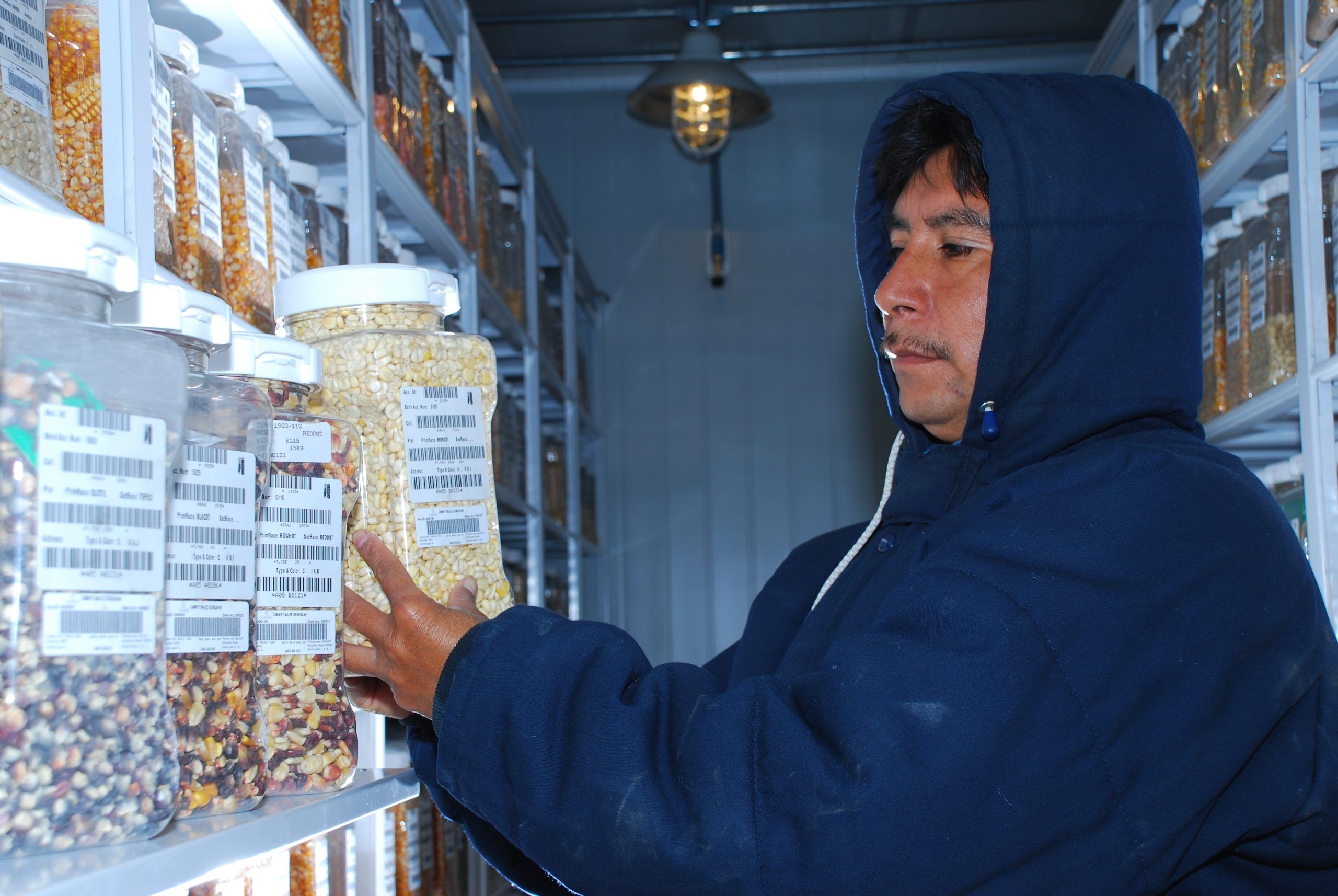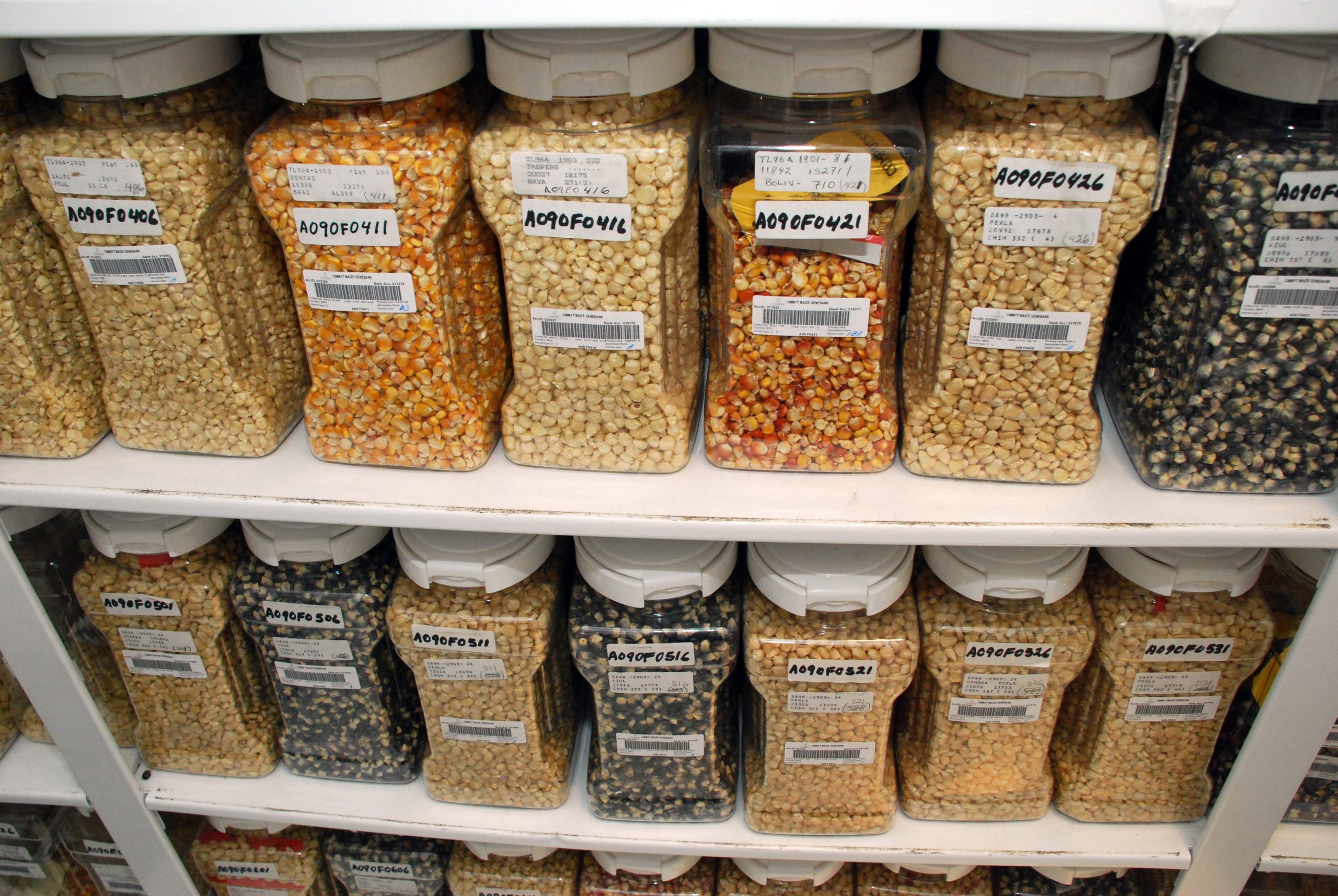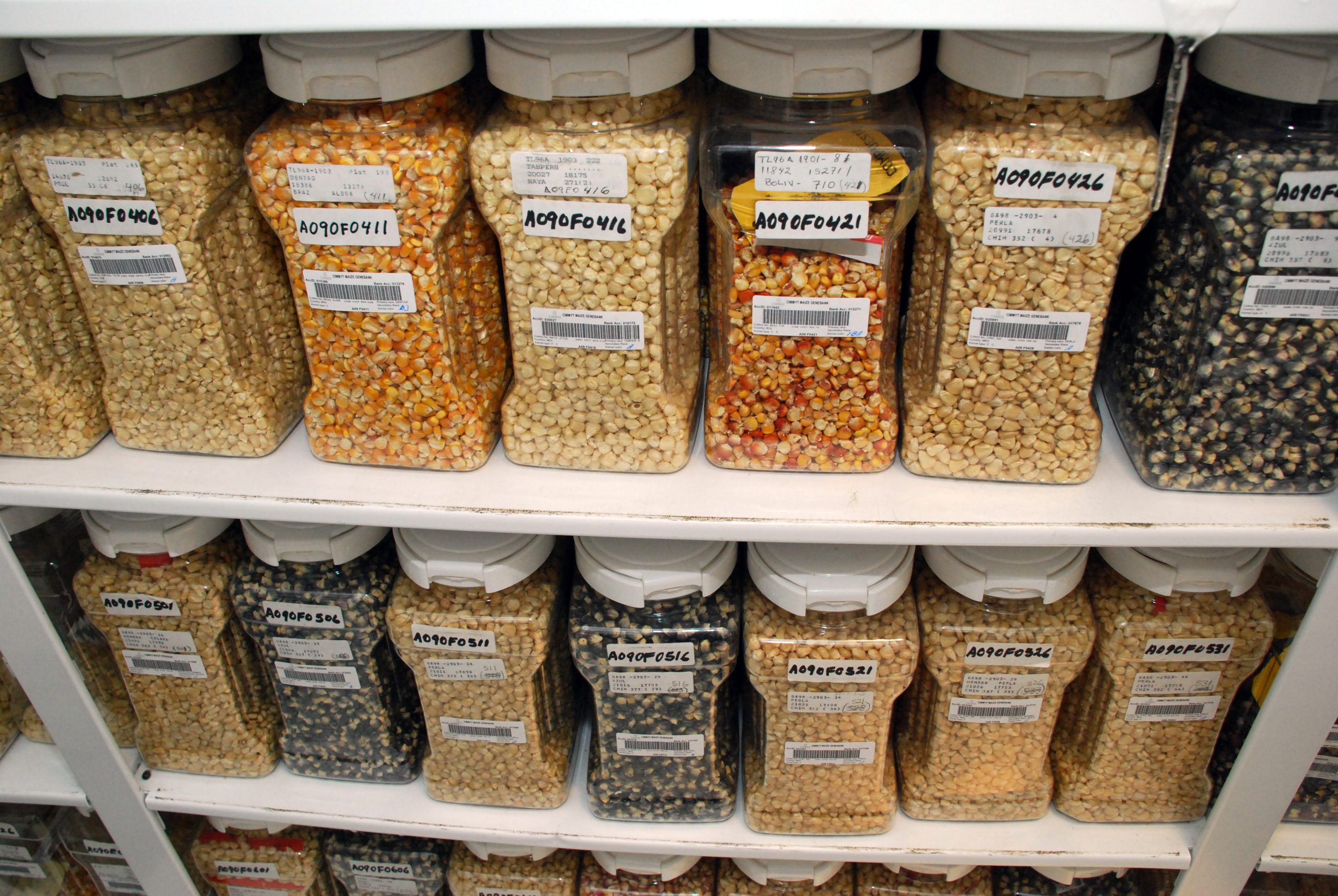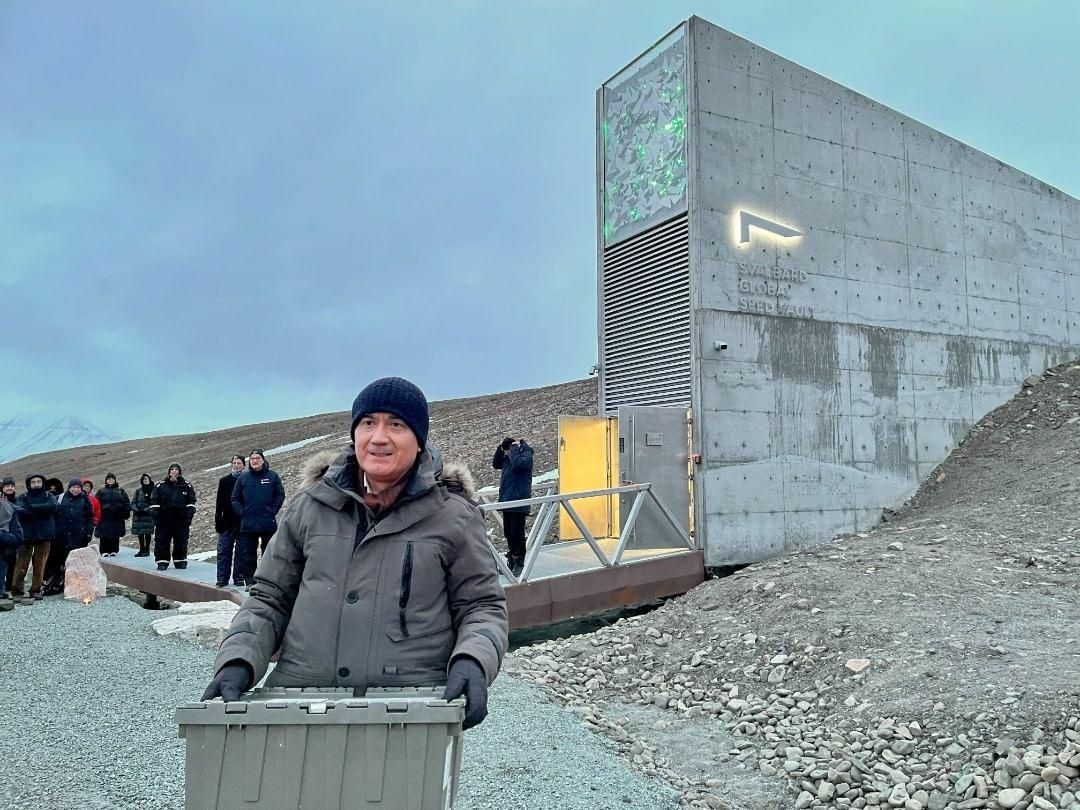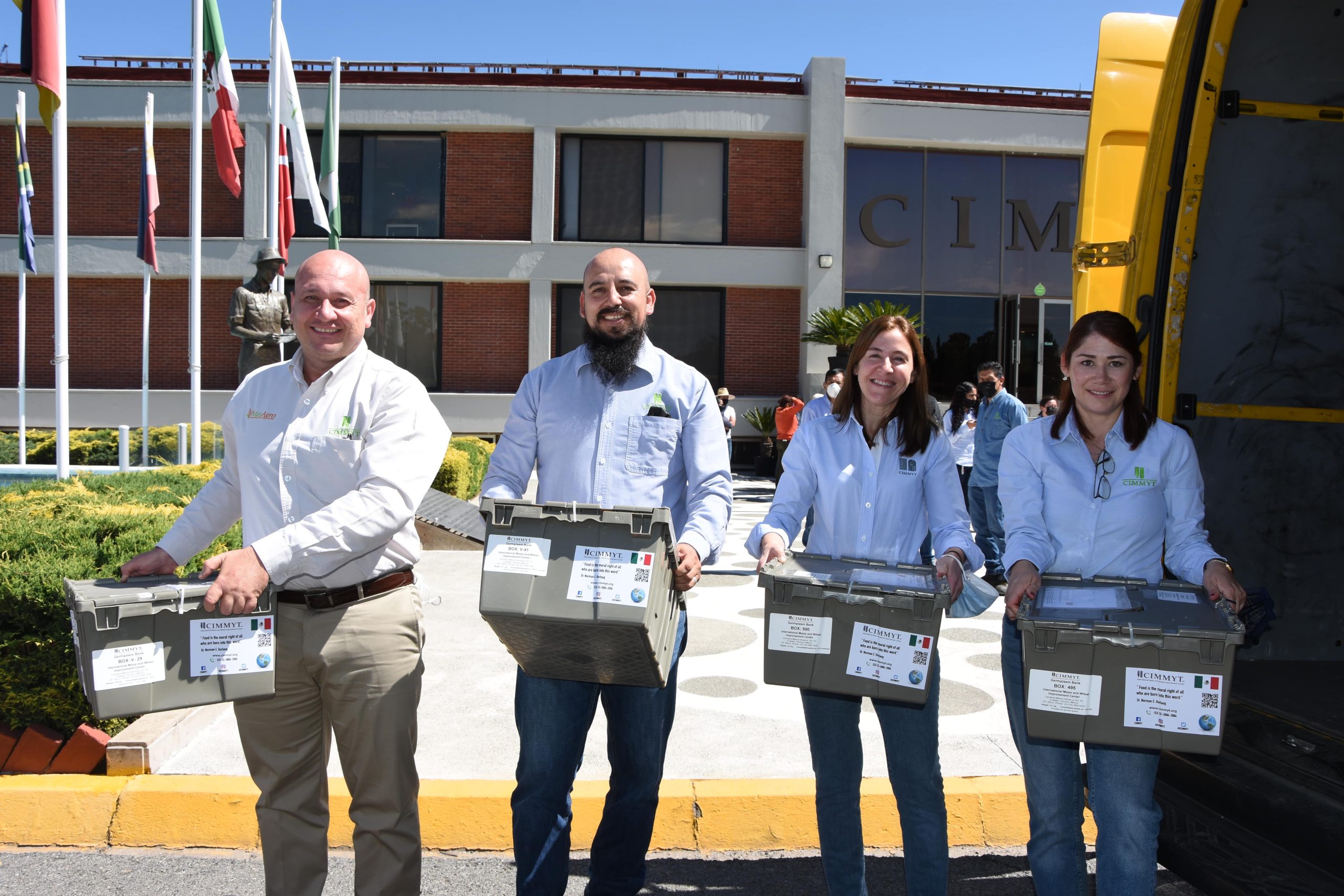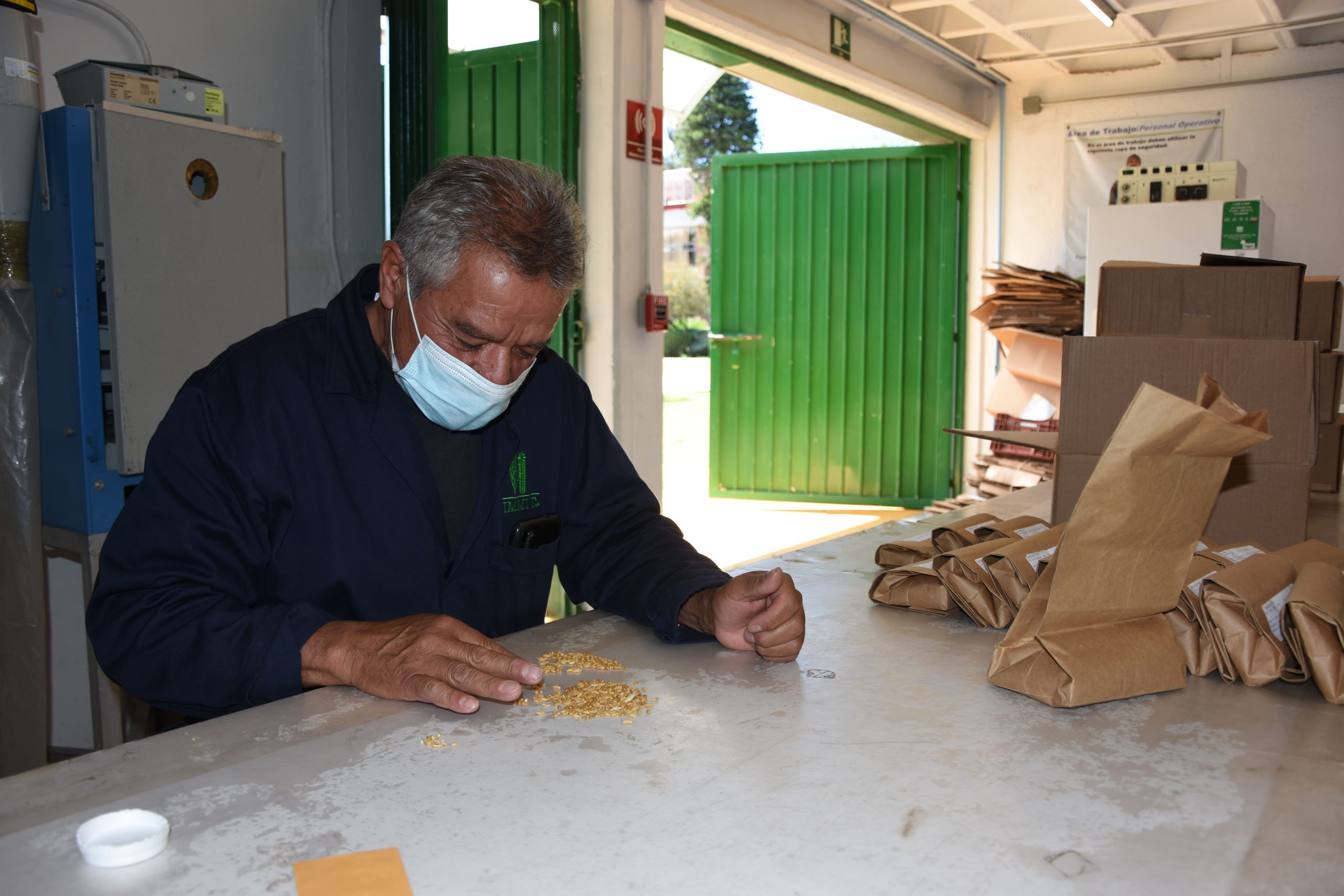Munich Statement on Agriculture, Biodiversity and Security: there is no security without food security
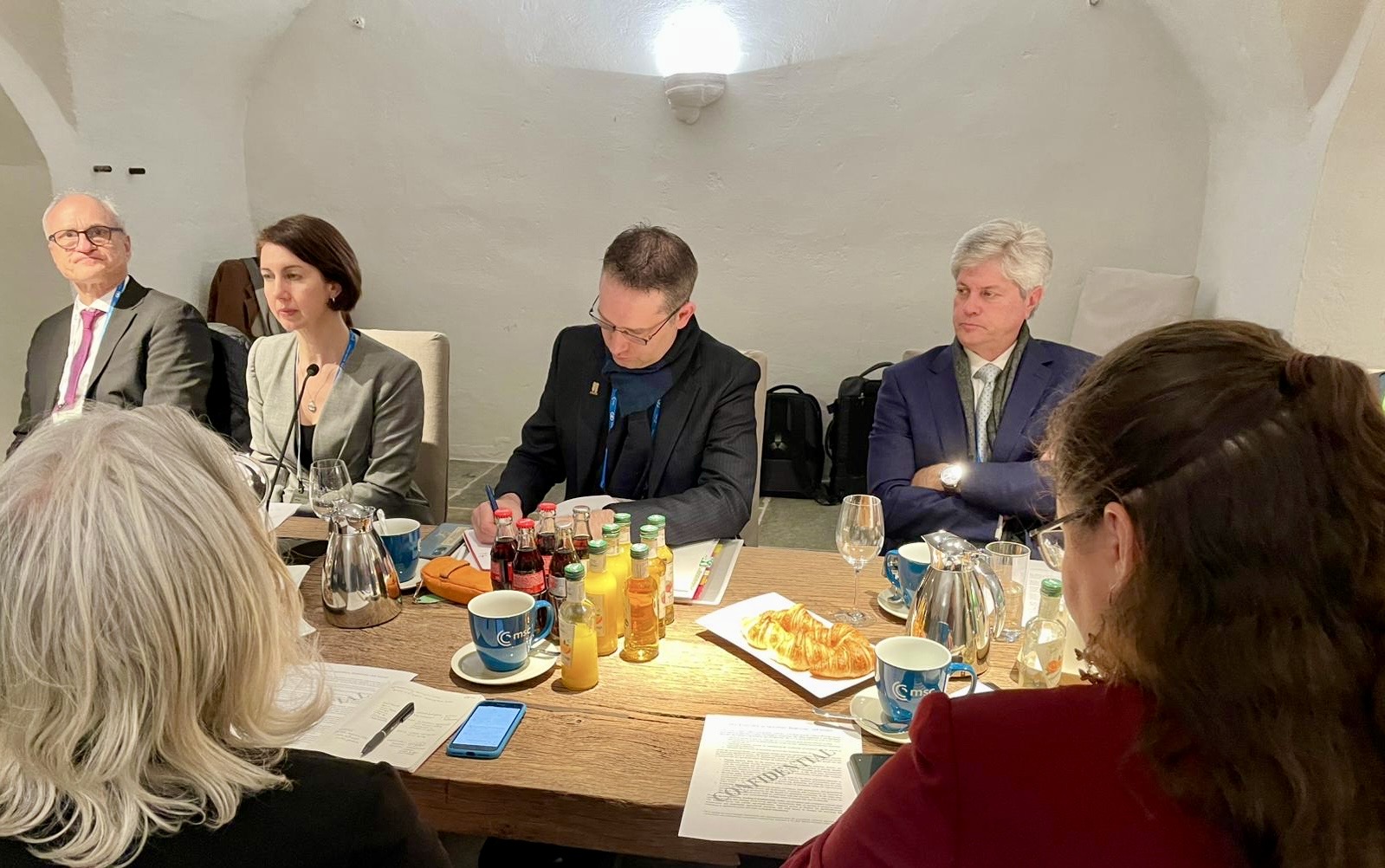
In February 2025, leading voices in the global food and agricultural system came together on the occasion of the Munich Security Conference to discuss how to achieve food security in an increasingly insecure world.
Biological diversity is key to food and nutritional security, but all too often neglected. The loss of agricultural biodiversity (which includes crop diversity) threatens not just the resilience of global food systems but also their productivity. This in turn undermines rural livelihoods and economic activity, increasing the likelihood of migration. It also heightens the risk of price spikes and restricts the availability of staple food products, which may hamper trade in important commodities as governments seek to shore up sufficient stockpiles for domestic markets.
Compromised food systems and agricultural biodiversity loss destabilize and damage communities, potentially to an existential level, while preserving agricultural biodiversity and investing in resilient farms are the foundations for peace and prosperity. Stakeholders across the international community, including the security community, civilian agencies, civil society and businesses, should act to preserve and use agricultural biodiversity and promote sustainable agriculture by putting farmers first.
As the ultimate providers of life-sustaining nutrition, farmers are indispensable global security partners. Farmers provide a steadying economic force, but only if they have adequate safety, and access to land, investment, innovation, and functioning markets. It is imperative to provide farmers with the support, investment, and opportunities for innovation to adapt to changing global environmental conditions and persevere through social unrest and conflict. Farmers must be able to employ agricultural practices that concurrently promote nutrition, water security, human health, and biodiversity preservation. Prioritizing the delivery of nutrient-rich foods and bio-based products in ways that respond to water and weather stress is essential.
Crucially, for farmers to be successful, they need continued access to agricultural biodiversity. To ensure that, genebanks must be seen as a shared strategic strength.
Reliable, sufficient, and nutritious food for the current and future population depends on the crop diversity that underpins critical research and breeding efforts. Despite its increasing importance in light of a changing climate, the conservation and availability of crop diversity is increasingly at risk: it is declining in farmers’ fields and in the wild, and genebanks are chronically underfunded. Growing food demands, land degradation, and geopolitical tensions threaten crop diversity, and more generally agricultural economies.
Given their essential role in food security, genebanks should be strategically protected and funded. Sufficient attention and resources should be available to ensure an effective and efficient global system of genebanks under the policy umbrella of the International Treaty on Plant Genetic Resources for Food and Agriculture. In addition, the security community should incorporate food security and agricultural biodiversity into national and international security risk assessments and strategies.
Call to Action
It is our duty to alert the world to the threats to security and state stability posed by compromised food production systems and the loss of agricultural biodiversity. We wish to highlight the need for greater attention and investment from all stakeholders across governance, including the security sector, as well as civil society and the private sector.
Leading international organizations in agricultural biodiversity conservation and agricultural research, philanthropies, multinational corporations, and representatives from governments share this concern and endorse this statement arising from discussions at the 2025 Munich Security Conference.

